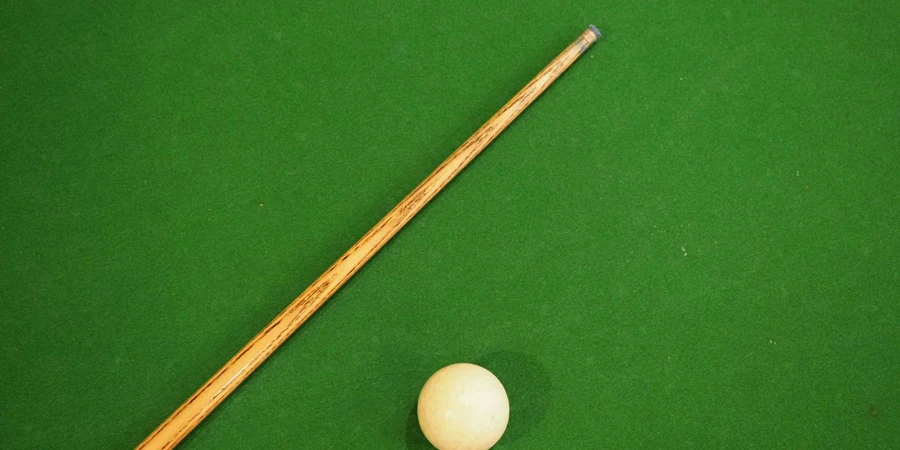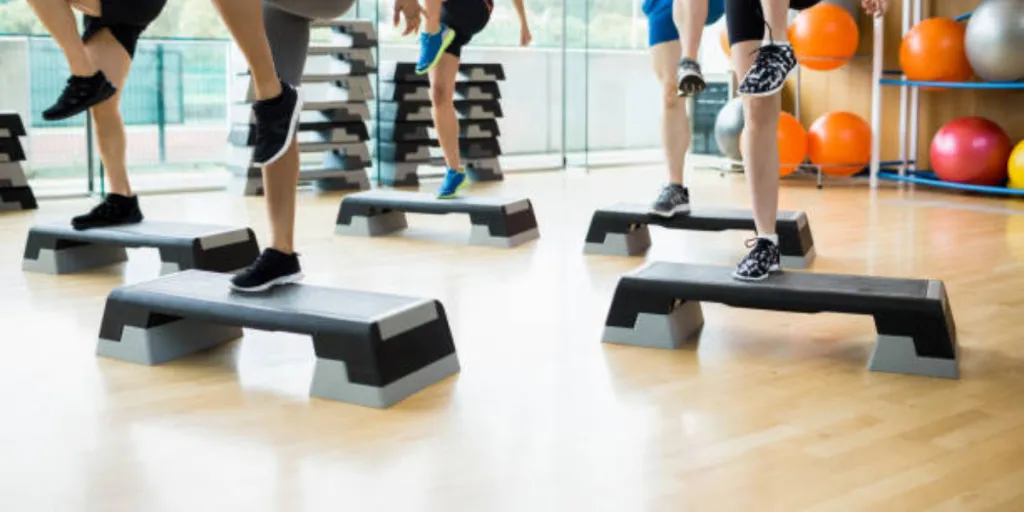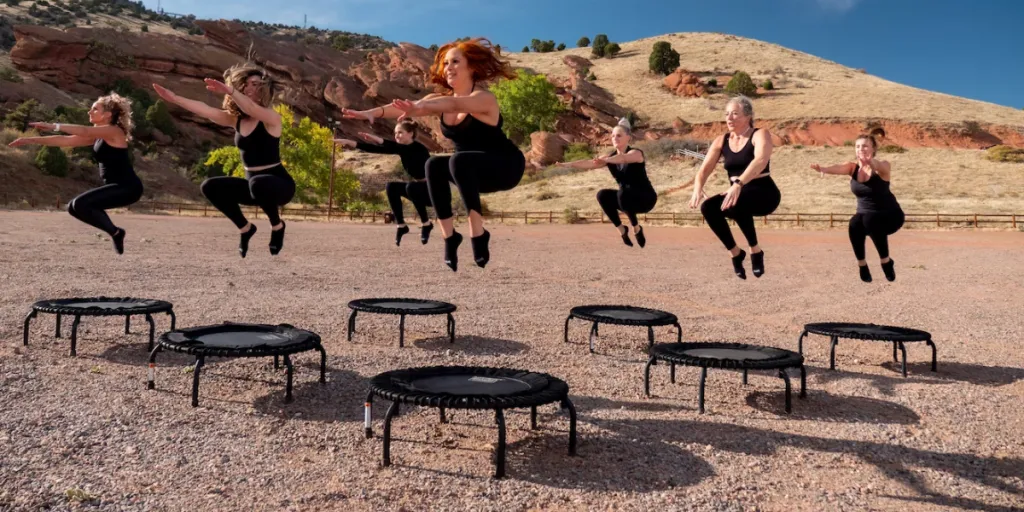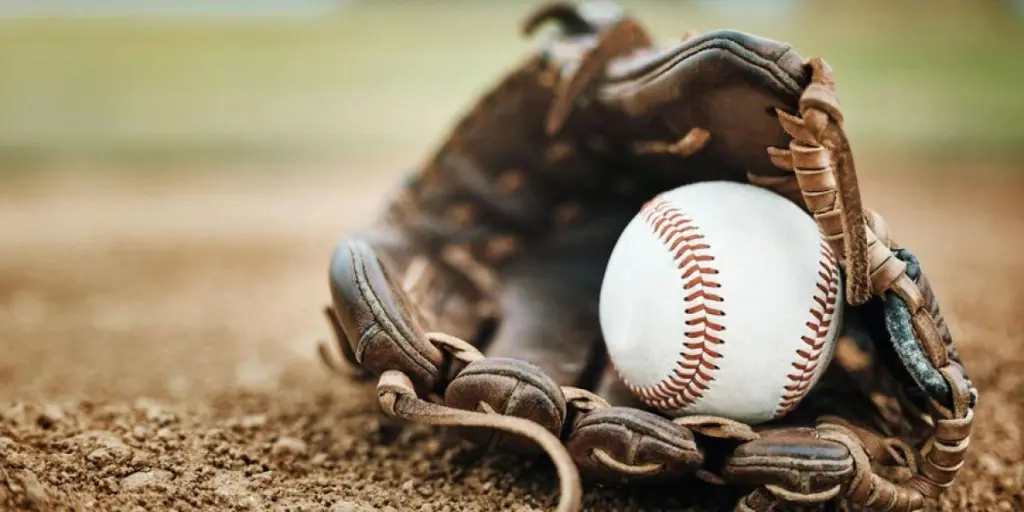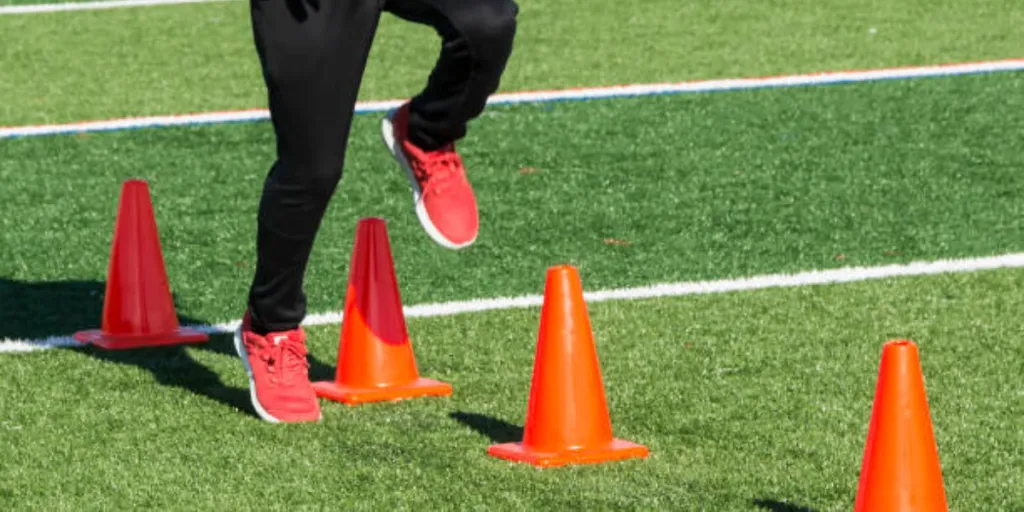Table of Contents
● Introduction
● Market Overview
● Consideration When Selecting Cues
● Best Cues for 2024
● Conclusion
Introduction
In 2024, the snooker and billiard realms are witnessing a remarkable fusion of tradition and innovation, culminating in the creation of cue sticks that not only pay homage to the time-honored craftsmanship but also embrace cutting-edge technologies. This article aims to guide business professionals through this dynamic landscape, highlighting cues that promise to redefine game performance and player satisfaction. As we delve into the intricacies of selecting the ideal cue, we consider not just the aesthetic appeal but the profound impact of weight, balance, and material on gameplay. It is a testament to the belief that the right cue can transform potential into prowess, making every shot a narrative of precision and grace.
Cues’ Market Dynamics
The global market for billiard cues, which includes snooker cues, was valued at USD 1209.89 million in 2021 and is projected to reach USD 2607.48 million by 2031, growing at a Compound Annual Growth Rate (CAGR) of 7.98%. Snooker cues represent the largest segment, accounting for about 70% of the market share. The global snooker cues market specifically was valued at USD 241.8 million in 2022 and is projected to reach USD 302 million by 2030. The billiards and snooker equipment market, which includes cues, was estimated to be worth USD 334.27 million in 2023 and is expected to grow to USD 386.20 million by 2028, at a CAGR of 2.93%.
The global landscape of the billiard cues market is dominated by key manufacturers such as Hamson, LP, Jianying Billiards, and XINGPAI, with China emerging as the largest market, accounting for over 30% of total sales. This dominance is followed closely by Europe, which holds approximately a 20% market share. The market’s product portfolio is largely concentrated on snooker cues, which constitute about 70% of the product segment, reflecting the global preference and the sport’s widespread appeal. The application of these cues spans across clubs, families, and professional races, indicating a diverse consumer base with varied preferences and requirements.

Consideration When Selecting Cues
Materials of Cues:
The construction and materials of snooker and billiard cues are integral to their performance, impacting aspects such as flexibility, control, and overall playability. Traditional cues are predominantly made from hardwoods like ash and maple. Ash is renowned for its resilience and flexibility, offering players a balance of control and power, making it a popular choice for snooker cues. Maple, characterized by its stiffness and durability, is a preferred material for pool cues, providing a consistent and steady hit.
In recent years, advancements in technology have introduced synthetic materials into cue construction, such as graphite, carbon fiber, and fiberglass. These materials are celebrated for their strength, lightweight properties, and resistance to warping and environmental changes, offering a reliable alternative to traditional wood cues. Graphite and carbon fiber cues are particularly valued for their precision and uniformity, providing a smooth, consistent stroke that appeals to players seeking performance consistency.
The weight and balance of a cue are equally critical, typically ranging between 17 to 21 ounces, with a standard length of about 57–59 inches. This balance is essential for ensuring the cue’s comfort in the player’s hand and its precision during shots. The evolution of cue design has also led to the development of cues with specialized tapers and ferrules made from materials like phenolic resin, which enhance the cue’s impact with the ball and reduce the risk of splitting the shaft.
Tips of Cues:
Selecting the right cue tip, ranging from soft to hard, significantly shapes gameplay. Soft tips, preferred for their tactile “feel” and quieter hits, offer better control and chalk retention, reducing miscues for those less diligent about chalking. However, their enhanced feel and grip come with reduced durability, leading to quicker wear and the need for more frequent replacements.
Medium tips offer a balanced compromise between the extremes of soft and hard tips. They provide a middle ground in terms of feel, sound, and spin control, making them a versatile choice for players who seek a blend of durability and performance. Medium tips maintain their shape longer than soft tips but still offer a level of control and comfort that many players find suitable for a wide range of shots.
Hard tips are valued for their durability and consistent shape, providing a firmer hit and distinct sound that benefits powerful shots. They may slightly increase cue ball speed, useful for break and long draw shots. However, their chalk retention is inferior to softer tips, requiring careful maintenance to avoid miscues.
Types of Cues:
- Snooker Cues: Snooker cues stand out for their classic construction and traditional aesthetics, emphasizing craftsmanship. They are usually slightly lighter, around 17-18 ounces, with a length of approximately 57 inches. The cues are often made from ash, known for its steady hardwood quality and distinctive grain, providing stability and a unique appearance. The tips are smaller, around 9 to 10 mm, adhering to the precision required for snooker’s smaller balls.
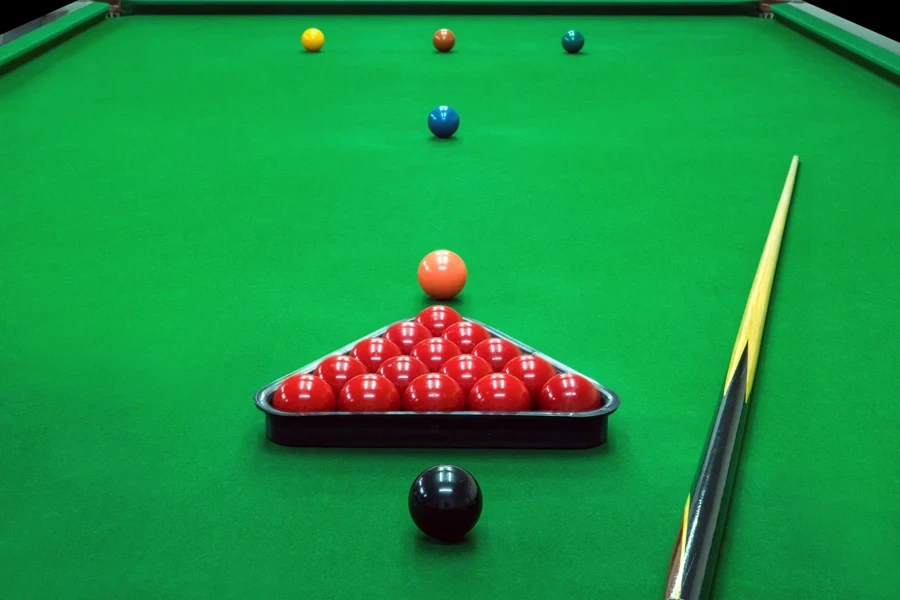
- Carom Cues: In carom billiards(three-cushion billiards) , cues are typically shorter than pool cues, about 56 inches in length, and vary in weight depending on the specific carom game. They might weigh around 17 to 21 ounces with a tip diameter of about 11 to 12 mm, tailored for the game’s nuanced shots and heavier balls. This type of cue has a very thick butt to withstand the forceful shots common in carom billiards.
- Jump Cues: These cues are engineered for rule-compliant jump shots, with a significant reduction in length to around 40 to 45 inches for steep striking angles, and lighter weights to facilitate the lift of the cue ball. Specifically designed to perform jump shots, these cues are shorter and lighter, allowing players to lift the cue ball over obstructing balls.
- Break Cues: Constructed to withstand the impact of break shots, these cues are robust, often featuring a harder tip material such as phenolic resin to transfer energy efficiently to the cue ball. They maintain a standard length close to pool cues but are built for durability.
- Pool Cues: Generally heavier and thicker, with larger tips of about 12 to 13 mm to accommodate the larger balls used in pool games. They are built for power and durability. Predominantly crafted from maple, these cues are designed for the dynamics of American pool billiards. Standard pool cues are two-piece for ease of transport, featuring elaborate decorations, with lengths typically around 59 inches and weights varying between 17 to 21 ounces. Players may also utilize specialized break cues with a distinct taper and harder tips, like phenolic resin, for powerful, controlled breaks, and jump cues, shorter and designed for executing jump shots with precision.
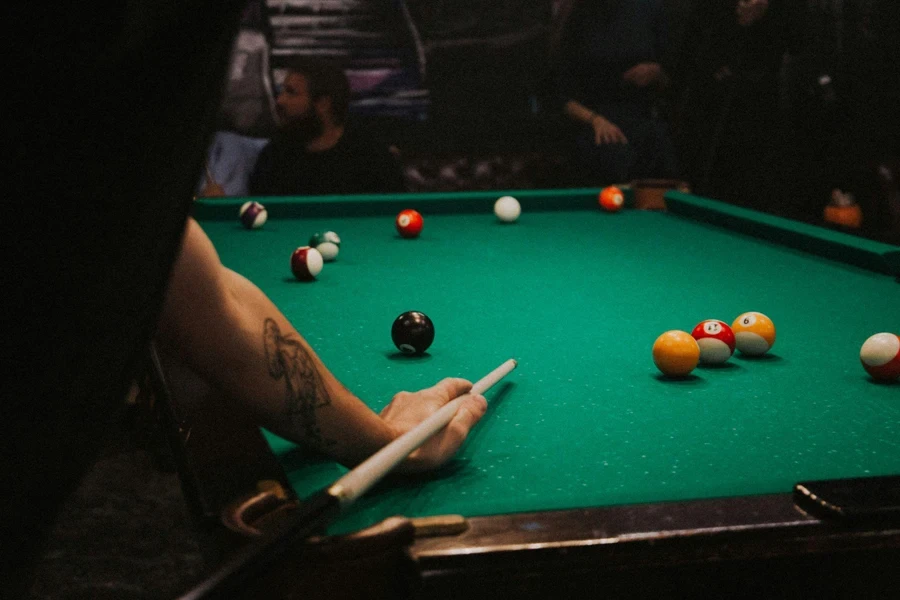
Best Cues for 2024
In 2024, the snooker cue market offers a diverse range of options, each tailored to meet the specific needs of players at different skill levels and with varying preferences. Let’s delve deeper into the features and suitability of some of the standout cues:
The CUESOUL 57 Inch Handcraft 3/4 Jointed Snooker Cue emerges as a compelling choice for those who value both aesthetics and functionality. This cue is crafted from high-quality ash, ensuring both durability and a smooth stroke. The 9.5mm tip, while slightly challenging for absolute beginners, provides experienced players with the precision needed for intricate shots. What sets this cue apart is its comprehensive package, which includes not just the cue but also a mini butt extension, a telescopic extension, and other accessories, all housed in a sturdy aluminum case. This makes it not just a tool for the game but a complete set for the dedicated player, offering excellent value for money.
On the other hand, the Peradon Classic 58” 2 Piece Ash Snooker Cue caters to players who seek a blend of traditional craftsmanship and modern performance. With a brand heritage that traces back to 1885, Peradon cues are synonymous with quality. This particular model’s 58-inch length and customizable weight options make it suitable for players of all status, providing a personalized playing experience. The use of an Elkmaster leather tip ensures consistent performance and the ability to impart significant spin on the ball. While it comes at a higher price point and without additional accessories, the cue’s build quality and the prestige of the brand make it a worthwhile investment for serious players.
For those new to the game or operating within a tighter budget, the PowerGlide Vibe Classic Snooker Cue presents an attractive option. Its 50/50 split design and 10mm tip offer a balance of convenience and playability, making it an ideal starter cue. The cue’s modern butt design, while a departure from traditional styles, does not detract from its performance. Its well-balanced nature ensures that even beginners can achieve a smooth and controlled stroke. Although it may not offer the same level of spin as cues with smaller tips, its ease of use and affordability make it an excellent entry point into the world of snooker.
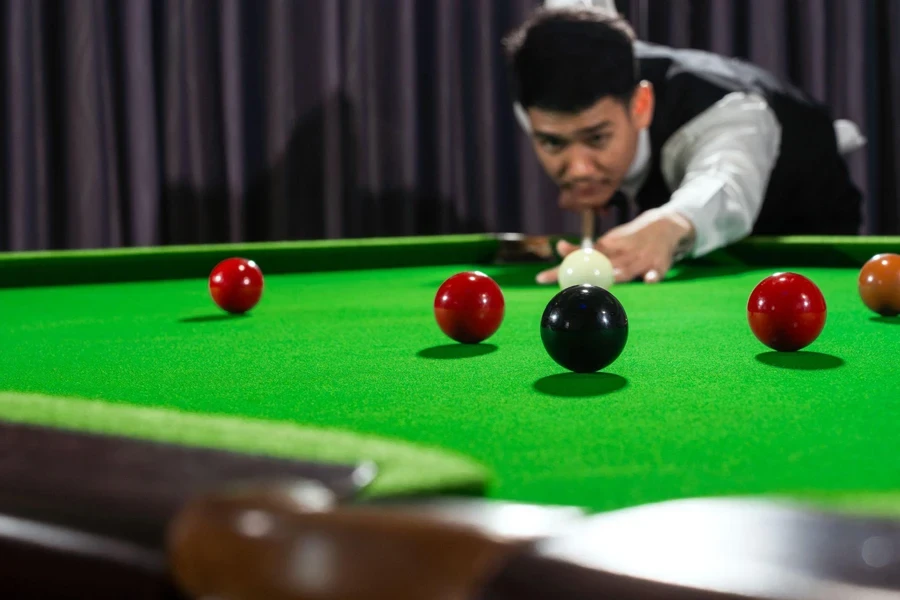
Conclusion
The 2024 snooker and billiard cue market presents a rich portfolio for business professionals and online retailers, blending traditional craftsmanship with innovative technologies. This diverse range caters to a wide audience, from seasoned players to beginners, offering cues that ensure durability, enhanced playability, and aesthetic appeal. For retailers, this variety represents a significant opportunity to meet consumer demands for high-quality, performance-oriented cues, positioning their offerings at the intersection of heritage and modernity in the cue sports industry.
